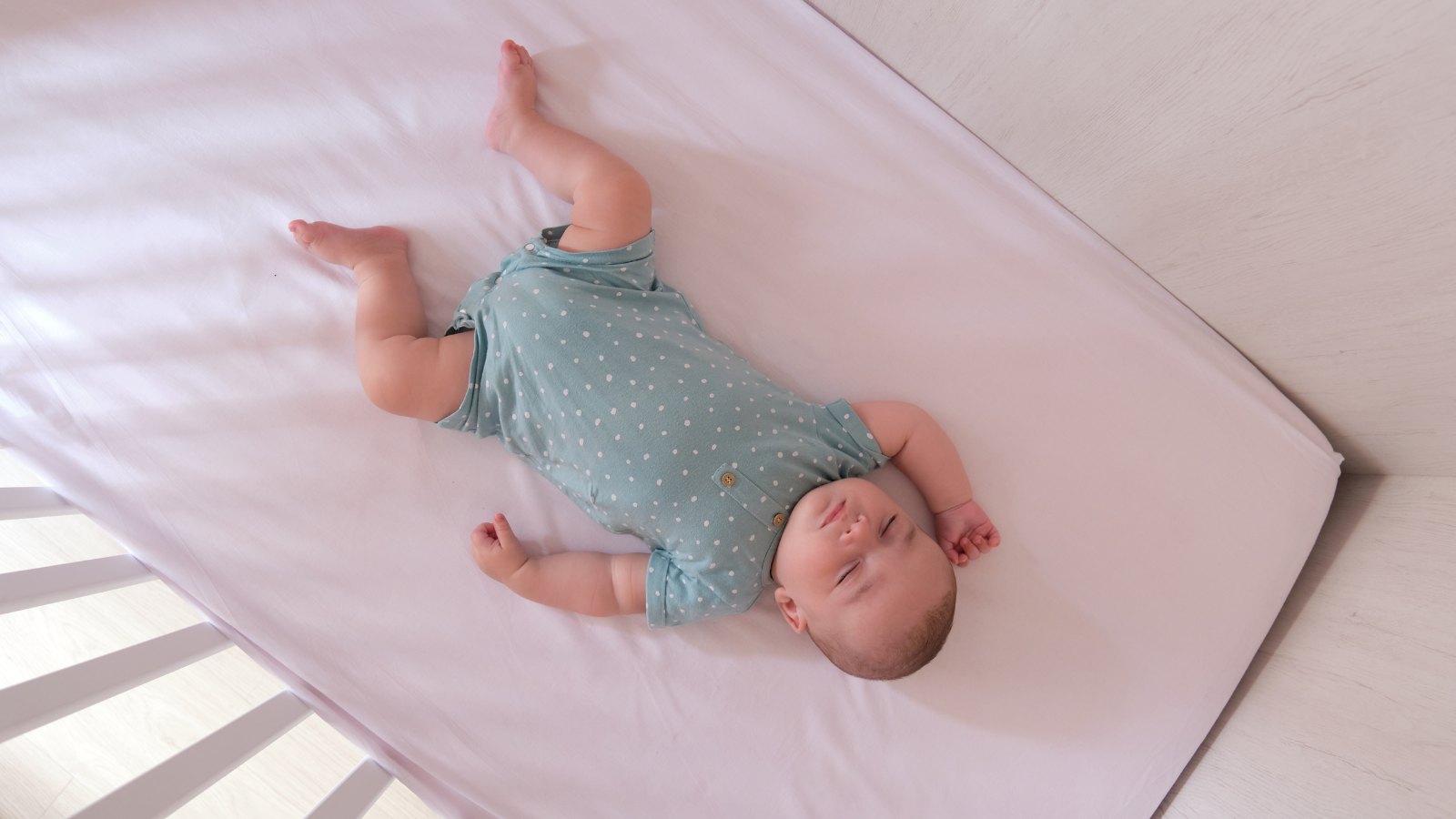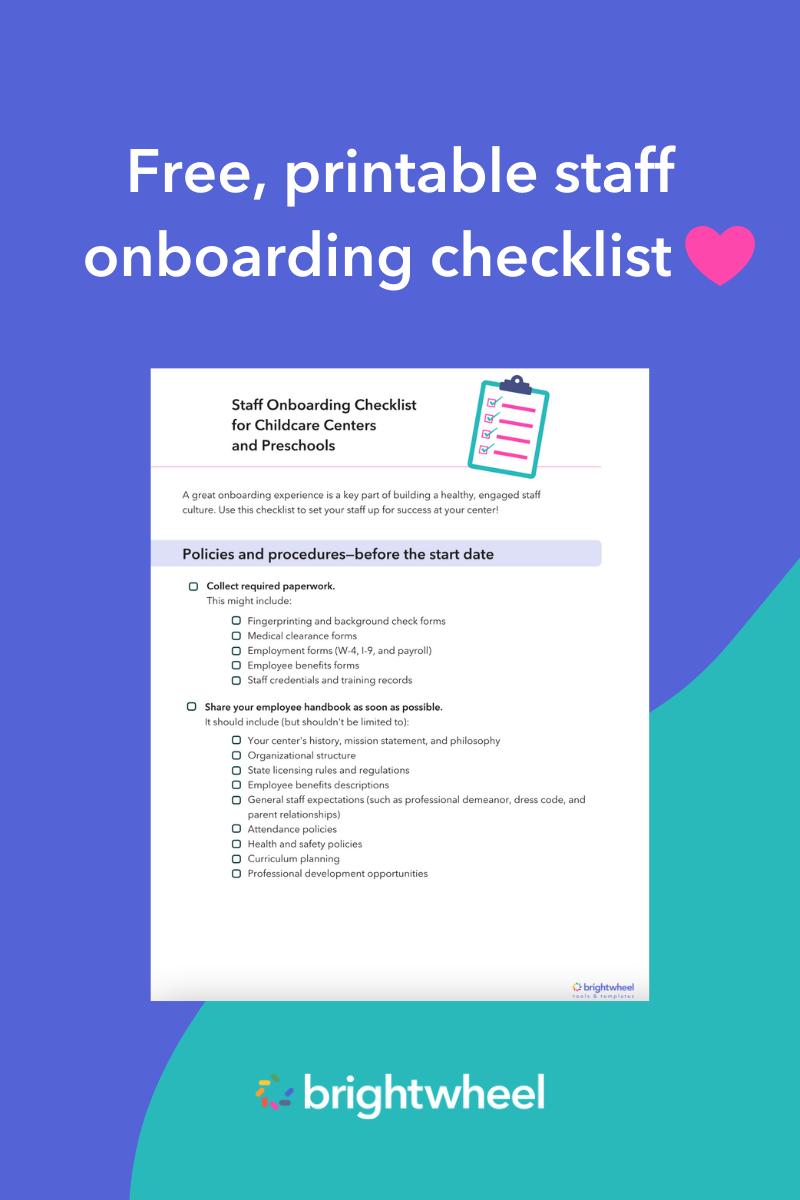
Creating a safe sleep environment for infants is vital to their well-being and development. Safe sleep practices not only provide a peaceful night's rest for babies but also play a crucial role in reducing the risk of sleep-related causes of infant death and other sleep-related accidents.
In this article, we'll explore the importance of safe sleep practices for infants, along with practical tips and guidelines to create a secure sleep environment and improve infant safety.
What is safe sleep?
Safe sleep refers to the ways of putting an infant to sleep safely that reduces the risk of sleep-related causes of infant death such as choking, suffocation, and Sudden Infant Death Syndrome (SIDS). For years experts have researched and outlined recommendations to reduce the number of infant deaths during sleep. Parents, caregivers, and childcare providers can minimize sleeping hazards by taking the necessary precautions and undergoing training for proper safe sleep guidance.
How should babies sleep?
Organizations such as the Centers for Disease Control (CDC) and the U.S. Department of Health and Human Services recommend that babies be given their own sleep space free of soft bedding, including blankets, pillows, bumper pads, and toys. This includes no sharing of cribs or bassinets. The American Association of Pediatrics (AAP) recommends that devices such as strollers, swings, infant carriers, car seats, and infant slings not be used for routine sleep, especially for infants younger than four months. Pacifier use is also associated with reduced SIDS risk.
They also advise that babies be placed on their backs every time they sleep. While many people fear putting babies on their backs due to potential choking hazards, their airway anatomy and gag reflex will prevent that from happening. Babies placed on their backs are less likely to experience sudden death than those who sleep on their sides or stomachs.
Additional infant sleep guidelines
Adequate health and safety training and understanding of safe sleep best practices and procedures can help reduce the amount of sleep-related causes of infant death. Additional guidelines to follow to create a safe sleep environment include:
- Using sleep spaces such as a crib, bassinet, portable crib, or play yard that meets the safety standards provided by the Consumer Product Safety Commission (CPSC)
- Using a firm, flat, and level surface covered by only a fitted sheet (surfaces that incline more than 10 degrees aren't safe for a baby to sleep on)
- Removing all objects, toys, blankets, pillows, and other items from the baby's sleep area other than the fitted sheet
- Using a wearable blanket or swaddle as opposed to putting a blanket in the sleeping area
- Placing babies on their backs
- Not allowing babies to sleep on couches, armchairs, or infant swings or seats
- Keeping baby's sleeping room at a comfortable temperature
- Maintaining a smoke-free environment
- No longer swaddling babies once they're able to roll over
- Feeding babies human milk by breastfeeding or pumping from the breast
- Offering a pacifier at sleep times
Safe sleep policy for infants in childcare programs
To ensure that you and your staff safely put babies to sleep at your childcare center, we recommend implementing a strict safe sleep policy for infants. When outlining a safe sleep policy, start off by explaining the ABCs of safe sleep:
- Alone: Babies should always be on their own sleep surface.
- Back: Babies should only be placed on their backs for every sleep.
- Crib: The crib should be empty and free of pillows, blankets, stuffed animals, toys, wipes, and diapers.
You and your staff should familiarize yourselves with these preventive measures. To ensure these procedures are followed, place posters around the childcare center as a reminder of what steps to follow. Also include this information in new hire training and employee handbooks, and conduct annual health and safety training to keep everyone up-to-date on safe sleep policies.
As a childcare provider, be sure to:
- Enforce no-smoking laws and regulations
- Create a safe sleep policy and educate staff
- Provide a space for parents to nurse their infants
- Educate families
- Provide supervised "tummy time" when infants are awake
- Monitor the immunization status of infants
- Practice crib safety
- Follow swaddling recommendations
When families enroll their children in your care, give them handouts on what safe sleep policies are used at your center to reassure them that their children are properly and safely cared for. The California Childcare Health Program's safe sleep policy document is a good example of a handout that can be placed around the facility and given to families. It's helpful in training staff, reminding them of best practices, and educating new parents on policies to implement at home for the safety of their children.
Safe sleep aids
Sleep aids are defined as objects (including a child's own body parts) that can help facilitate sleep in a child's sleeping environment without the assistance of their parent, caregiver, or childcare provider. And while it's recommended to avoid placing any items in an infant's crib, safe sleep aids specifically can help promote a quality sleeping environment, such as:
- Swaddles
- Breathable crib mattresses
- White noise machines
- Mattress pads
- Skin-to-skin contact
- Pacifiers
Provide sweet dreams with safe sleep best practices
By creating a safe sleep environment and educating your staff, you can ensure that every child receives the best possible care when it comes to sleep. With the proper training on safe sleep guidelines and providing resources to your families, you can promote a culture of safety both at home and in your center.
Brightwheel is the complete solution for early education providers, enabling you to streamline your center’s operations and build a stand-out reputation. Brightwheel connects the most critical aspects of running your center—including sign in and out, parent communications, tuition billing, and licensing and compliance—in one easy-to-use tool, along with providing best-in-class customer support and coaching. Brightwheel is trusted by thousands of early education centers and millions of parents. Learn more at mybrightwheel.com.

